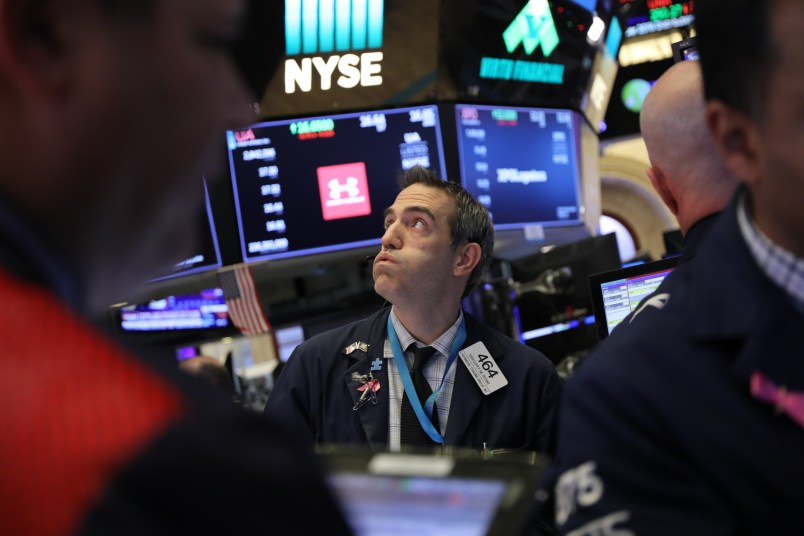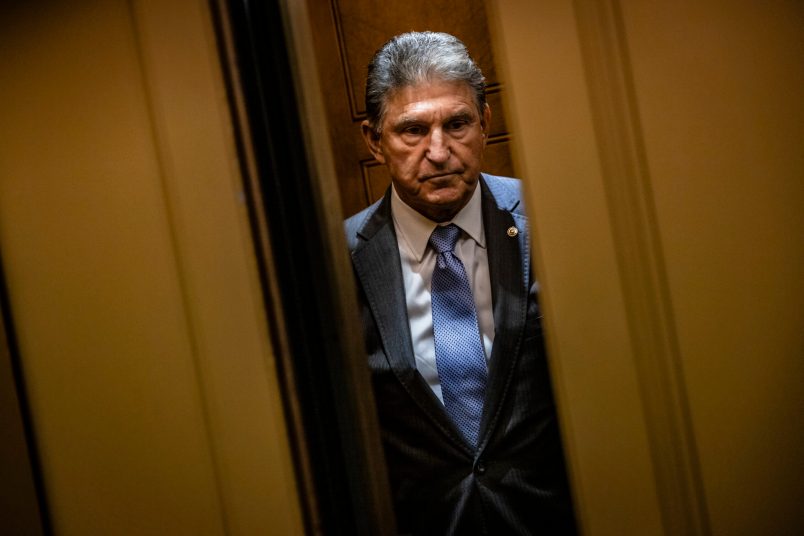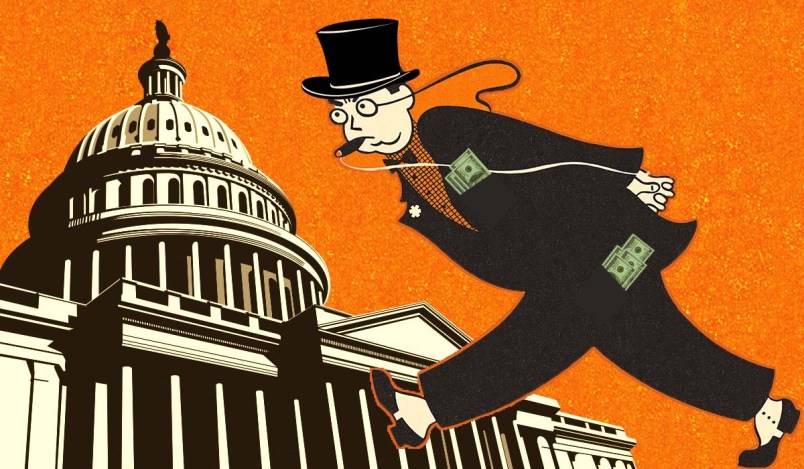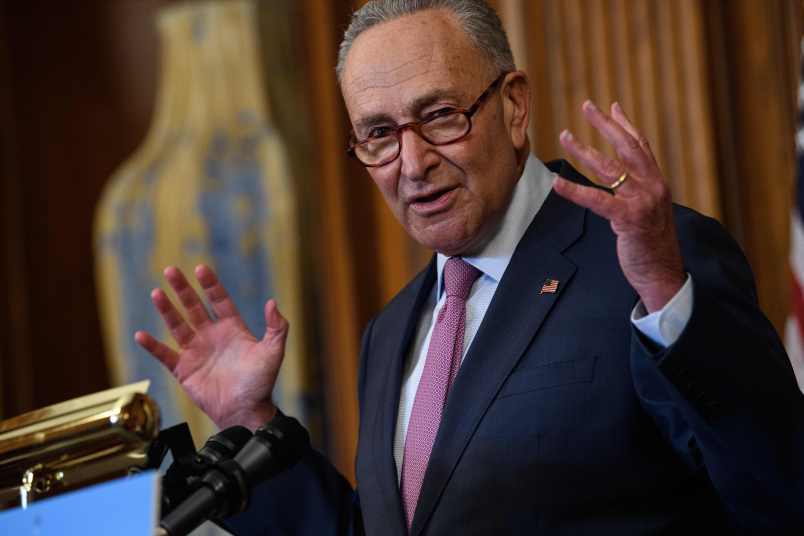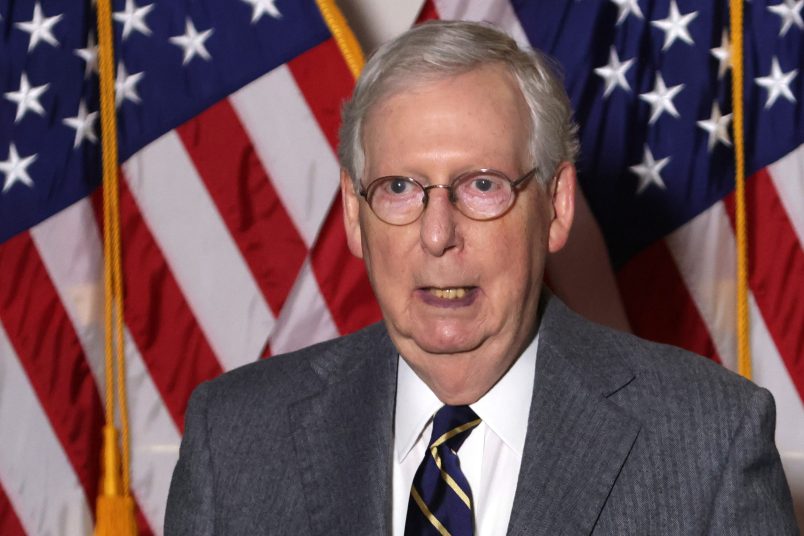A key index of consumer confidence dropped to its lowest point since before President Trump’s election on Friday, the latest sign that the ongoing government shutdown, market instability and Trump’s trade wars are dragging on the economy.
The University of Michigan Consumer Sentiment Index, a highly respected survey and monthly economic indicator, found that consumers’ confidence in the economy fell sharply in the last month amidst the partial government shutdown, which is now the longest in U.S. history. The index fell to 90.7 this month, down from 98.3 in December. Economists had been expecting this month’s measure to be above 96.
“Consumer sentiment declined in early January to its lowest level since Trump was elected. The decline was primarily focused on prospects for the domestic economy, with the year-ahead outlook for the national economy judged the worst since mid 2014,” Richard Curtin, the survey’s chief economists, said in a statement explaining the dip. “The loss was due to a host of issues including the partial government shutdown, the impact of tariffs, instabilities in financial markets, the global slowdown, and the lack of clarity about monetary policies.”
The hit in consumer confidence is just the latest sign that the government shutdown is taking a toll on the economy — and the longer it lasts, the more damage it will do.
New York Federal Reserve President John Williams warned in a speech Friday morning that he and other policymakers were “seeing some emerging headwinds to growth from the partial government shutdown in the United States and elevated geopolitical uncertainties abroad.”
And Williams estimated a serious impact from the shutdown.
“It is going to be a drag on consumer spending and the economy in the first quarter directly, enough to pull growth down by up to a half percentage, or maybe even a percentage point, if it continues,” he said.
He’s not the only one seeing major damage from the shutdown. The head of the White House Council of Economic Advisers admitted earlier this week that the shutdown’s impact was roughly twice what they’d initially calculated, reducing U.S. quarterly economic growth 0.13 percentage points for every week that it lasts, as opposed to the 0.1 percentage points every two weeks they’d originally projected.
The partial shutdown appears likely to last some time longer, as President Trump is refusing to budge from his demand that he get money for a U.S.-Mexico border wall in any deal to reopen the government. Democrats continue to reject that demand.


